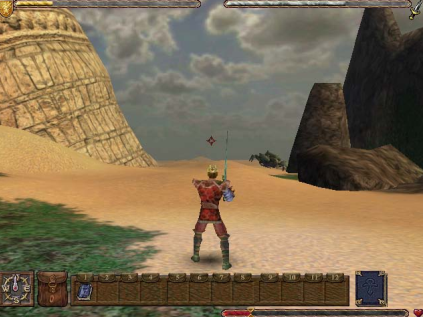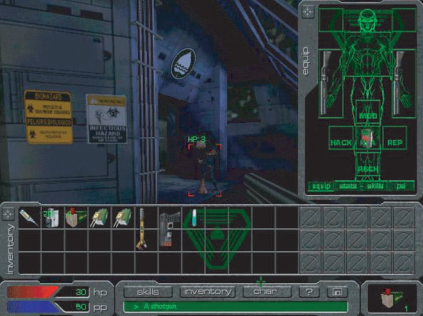- 签证留学 |
- 笔译 |
- 口译
- 求职 |
- 日/韩语 |
- 德语
Interface design is a difficult issue in any form of software localization, as word lengths can differ greatly between languages: a classic example is the English "Quit" vs. the German "Abbrechen." In this case, translation causes the text to expand from 4 to 9 characters. Yet game localization adds further complications to the issue of interface design and localization, which are related to the dual nature of a game as world and action.
First, a game interface should not destroy the player's willing suspension of disbelief concerning the "reality" of the game. Unlike the interface of a normal application, which is integrated into the program, it exists as a quasi-transparent layer between the world of the game and the world of the player. Therefore, it must be both unobtrusive and fully functional. As shown in Figures 1and2, the
game interface usually blends stylistically into the look and feel of the game, with a fantasy role-playing game like Ultima Ascension sporting earth tones, while a futuristic game has a more hard-edged, high-tech appearance. In both cases, though, the interface is pushed to the margin of the screen, which limits the amount of text that can be displayed. In the case of System Shock 2, even the English version

Figure 1. Icon-based interface in Ultima Ascension.
Ultima" Ascension materials © 1999 Electronic Arts Inc. All Rights Reserved. Used with permission.

Figure 2. The crowded inventory of System Shock 2.
Looking Glass Studios.

Figure 3. Use of localized tooltips in 1503 A.D.
© Sunflowers.
already uses abbreviations for labeling interface elements, which can (and did) create considerable problems in localization.
